Imagine the wild blue vastness of the ocean—a world where dolphins leap, play, and sing their mysterious songs. Now, picture the abrupt chaos when these intelligent creatures are driven into shallow coves, surrounded by boats and noise, their freedom slipping away in an instant. It’s a scene that leaves many people shocked, heartbroken, and asking: what actually happens to dolphins once they’re captured? And why do so many end up in marine parks around the world? The answer is far more complicated—and more disturbing—than most people realize.
The Hidden World of Dolphin Hunts
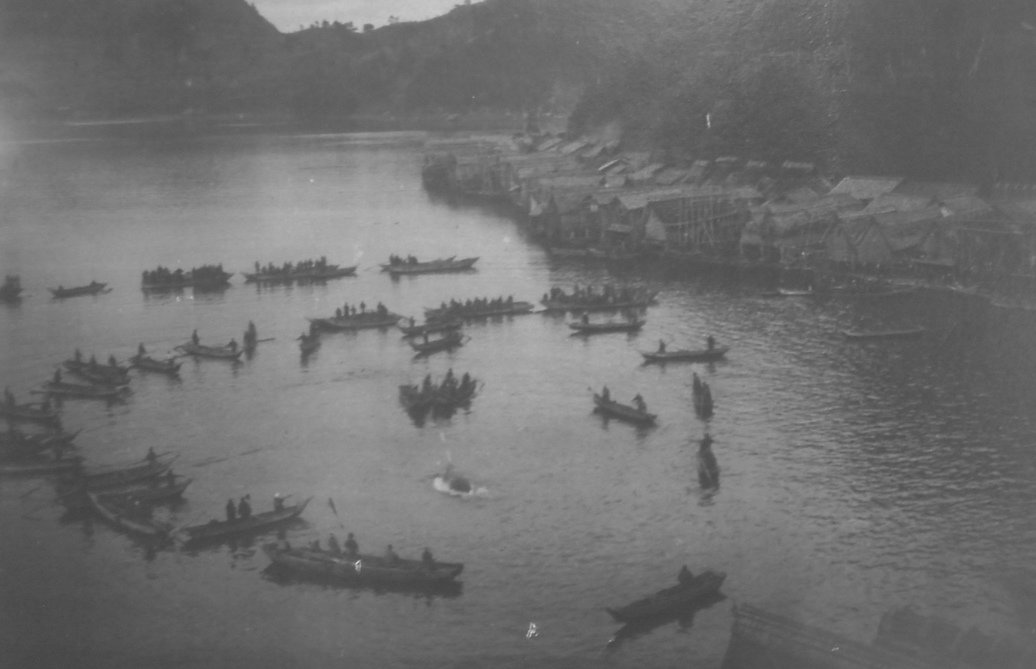
Dolphin hunts are not just relics of the past; they still occur today in places like Taiji, Japan, and the Solomon Islands. These hunts are often shrouded in secrecy, with fishermen using nets, metal poles, and loud noises to drive pods of dolphins into shallow bays. The water quickly turns red, and the air fills with panic. For many dolphins, there is no escape. The sheer scale of these operations is staggering, with hundreds sometimes herded together. The emotional trauma for both the dolphins and the people who witness these events is profound. Many locals and activists have described the horrifying scenes as something they can never unsee.
Why Are Dolphins Captured?
The reasons behind capturing dolphins are complex and often controversial. Some are hunted for their meat, which is sold in local markets despite concerns about mercury contamination. Others are captured alive, destined for a life of performance in aquariums and marine parks. The live dolphin trade is a lucrative business, with a single dolphin fetching tens of thousands of dollars. This financial incentive fuels the ongoing hunts, creating a dark link between wild capture and entertainment venues. The demand for “smiling” dolphins in captivity keeps this cycle going, often out of sight from the public eye.
The Journey from Ocean to Captivity
After being separated from their families, captured dolphins endure a stressful and often dangerous journey. They are lifted from the water in slings or nets, sometimes suffering injuries in the process. Transported in small tanks or containers, they can spend hours—or even days—without proper space to move, struggling to breathe and regulate their stress. Many dolphins do not survive this ordeal, succumbing to shock, dehydration, or injury along the way. For those that do, the next chapter of their lives is a far cry from the wild waters they once called home.
Life Inside Marine Parks
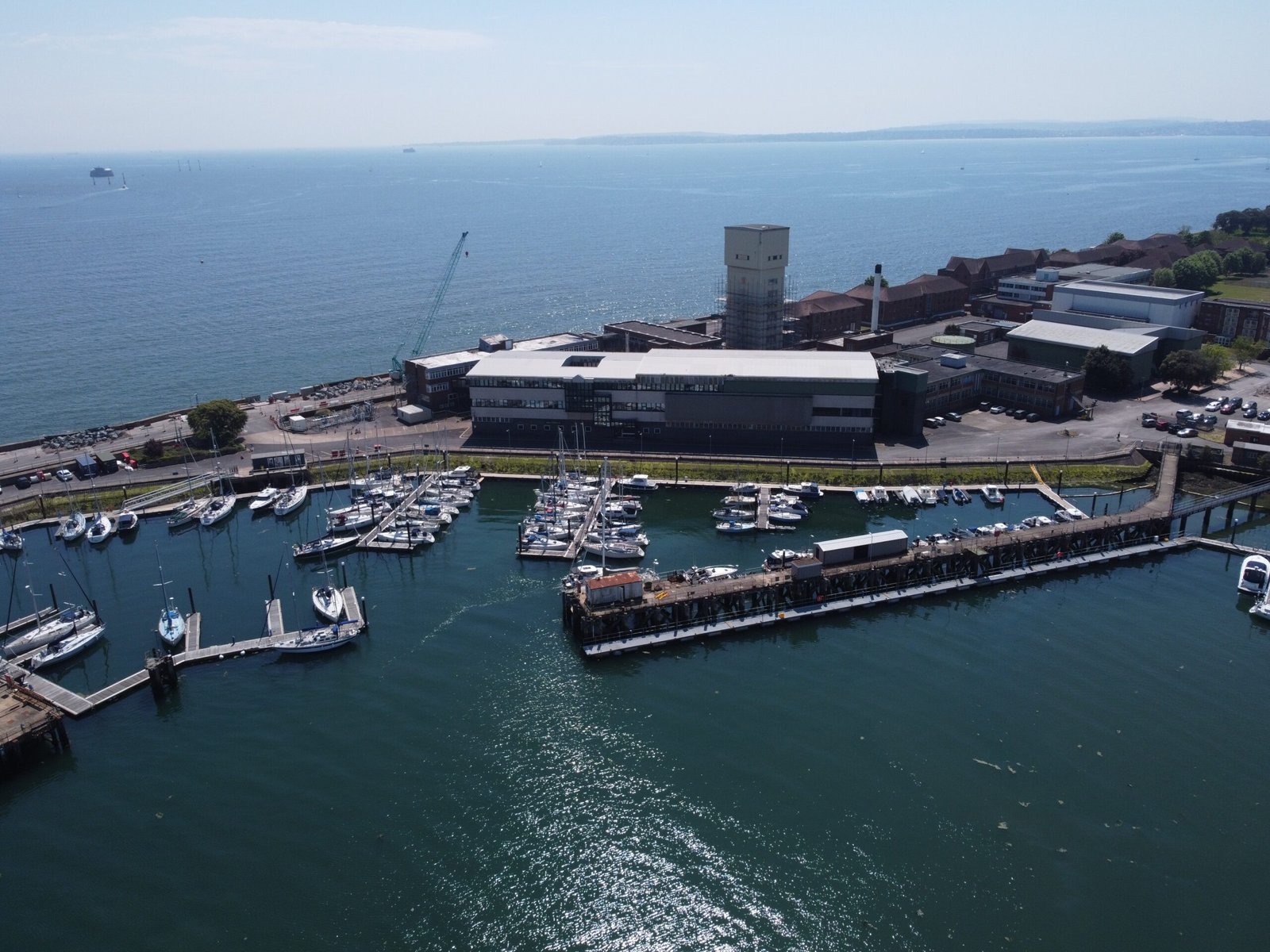
Marine parks may appear vibrant and joyful, but for dolphins, these environments are often stark, artificial, and confining. Tanks are a fraction of the size of their natural territories—imagine running a marathon in a closet. Social structures are disrupted as dolphins from different pods are forced together, sometimes leading to aggression or depression. Trainers may use food deprivation as motivation, and dolphins are taught to perform tricks that have little to do with their natural behaviors. While spectators see playful jumps, the reality is often one of boredom, frustration, and compromised health.
The Psychological Toll of Captivity
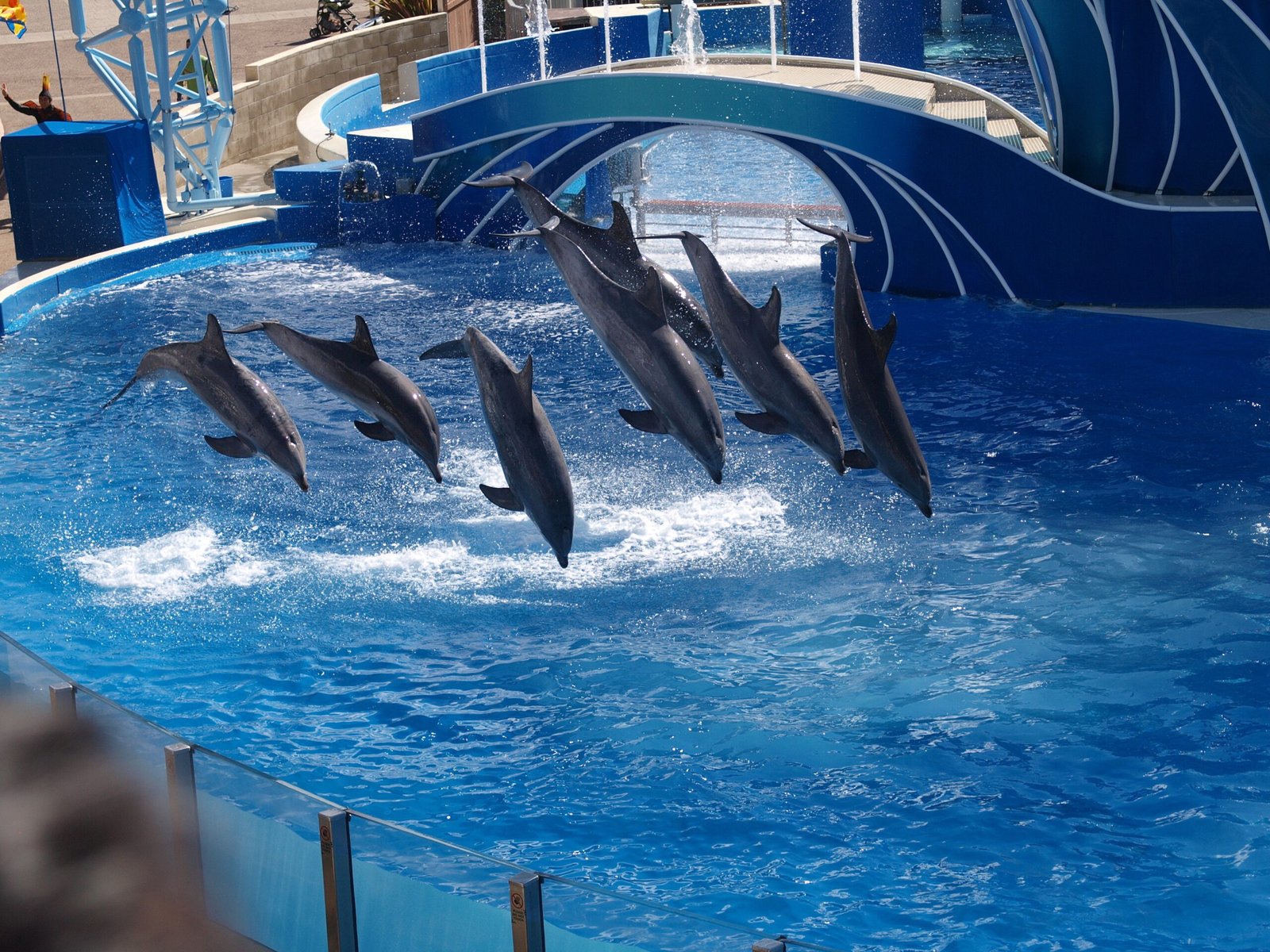
Dolphins are highly intelligent and social animals, capable of complex emotions and relationships. In captivity, they can develop symptoms similar to depression or anxiety in humans. Stereotypic behaviors—like repetitive swimming patterns or self-harm—are commonly observed. Some dolphins even refuse to eat or interact, a silent protest against their environment. Marine mammal scientists have documented these behaviors for decades, noting that the psychological well-being of captive dolphins is often severely compromised. It’s a haunting reminder that a tank, no matter how clean, can never replace the open sea.
Physical Health Challenges
The physical health of dolphins in captivity is frequently at risk. Poor water quality, lack of exercise, and an unnatural diet can lead to a range of health problems, from skin lesions to weakened immune systems. Dental issues are common, as dolphins often gnaw on tank walls or gates out of stress. Many also suffer from chronic infections or illnesses rarely seen in the wild. The average lifespan of a captive dolphin is often much shorter than that of their wild counterparts, despite the best efforts of veterinarians and trainers.
Family Bonds Broken
Wild dolphins live in tight-knit pods, forming lifelong bonds with family and friends. When captured, these connections are violently severed. Mothers are separated from calves, siblings are torn apart, and the intricate social fabric of the pod is destroyed. Some dolphins mourn the loss of their companions, refusing to eat or interact with others. The emotional pain of this separation can be devastating, both for the dolphins left behind and those taken into captivity. It’s a side of the story rarely seen by park visitors.
The Role of Marine Parks in Dolphin Demand
Marine parks and aquariums drive the demand for live dolphins, fueling ongoing hunts and captures. As long as audiences flock to see dolphins perform, the incentive for hunters and traders remains strong. Many parks claim to support conservation and education, but critics argue that these institutions prioritize entertainment over animal welfare. The global trade in live dolphins is a shadowy network, with animals shipped across continents to satisfy the appetite for marine shows. This cycle is difficult to break, as public demand continues to outweigh ethical concerns.
The Science Behind Dolphin Intelligence
Dolphins are renowned for their intelligence, rivaling that of great apes and even young children. They use complex vocalizations, solve puzzles, and display self-awareness in mirror tests. In the wild, dolphins cooperate to hunt, care for injured pod members, and even play games. This remarkable intelligence makes them particularly vulnerable to the stresses of captivity, where their mental and emotional needs are rarely met. Scientists argue that such sentient, sensitive beings deserve more than a life spent performing tricks for human amusement.
Stress and Immune System Suppression
The stress of capture and confinement has a direct impact on dolphins’ immune systems. Elevated cortisol levels—known as the “stress hormone”—can suppress immune function, making dolphins more susceptible to disease and infection. Studies have shown that captive dolphins are more likely to suffer from chronic illnesses, which can lead to a downward spiral of health problems. The constant presence of humans, artificial lights, and noise only adds to their stress, creating an environment that is anything but natural.
Mortality Rates and Survival Odds
Survival rates for dolphins captured and placed in captivity are alarmingly low, especially in the first few months. Many die from pneumonia, gastrointestinal problems, or complications related to stress and injury. The initial shock of capture and transport is often too much for these sensitive creatures to bear. Even those that survive the transition face a lifetime of health challenges and shortened lifespans. The statistics paint a grim picture, challenging the notion that captivity offers a safer or better life for dolphins.
The Economics of Dolphin Trade
The live dolphin trade is big business, with some animals selling for upwards of $100,000. This lucrative market has created an international network of hunters, brokers, and marine parks, all profiting from the suffering of wild dolphins. Despite growing public opposition, the economic incentives remain powerful. Some governments and local communities rely on this trade for income, making it difficult to enforce bans or restrictions. The money involved often overshadows ethical concerns, perpetuating a cycle of exploitation.
Legal and Ethical Controversies
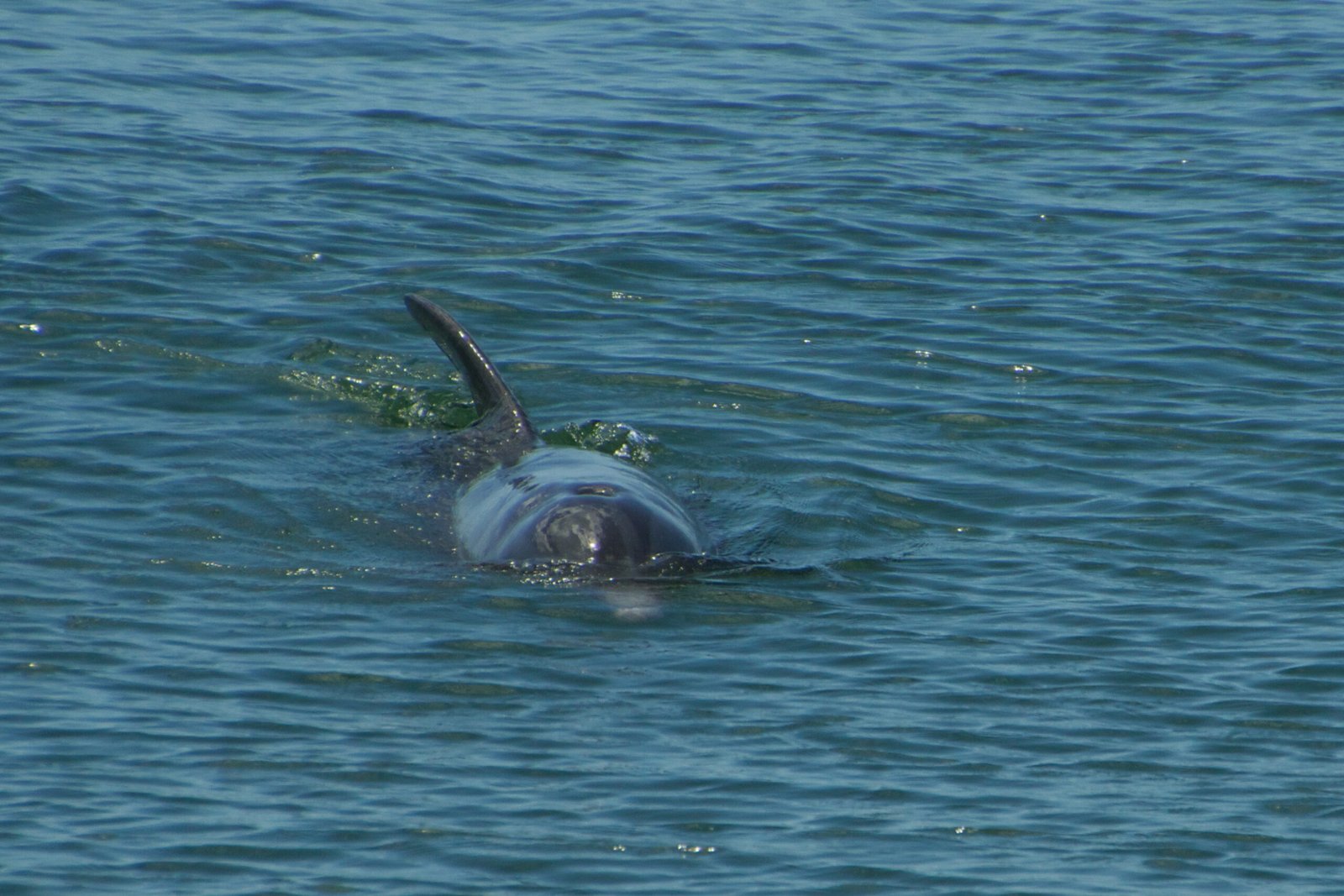
The capture and confinement of dolphins raise significant legal and ethical questions. Some countries have banned the practice, while others continue to support it through lax regulations or loopholes. International agreements like CITES aim to protect certain species, but enforcement is inconsistent. Ethical debates rage on, with animal welfare advocates calling for an end to dolphin captivity and the exploitation of sentient beings for profit. The legal landscape is a patchwork, with progress often measured in small, hard-won victories.
Public Perception and Changing Attitudes
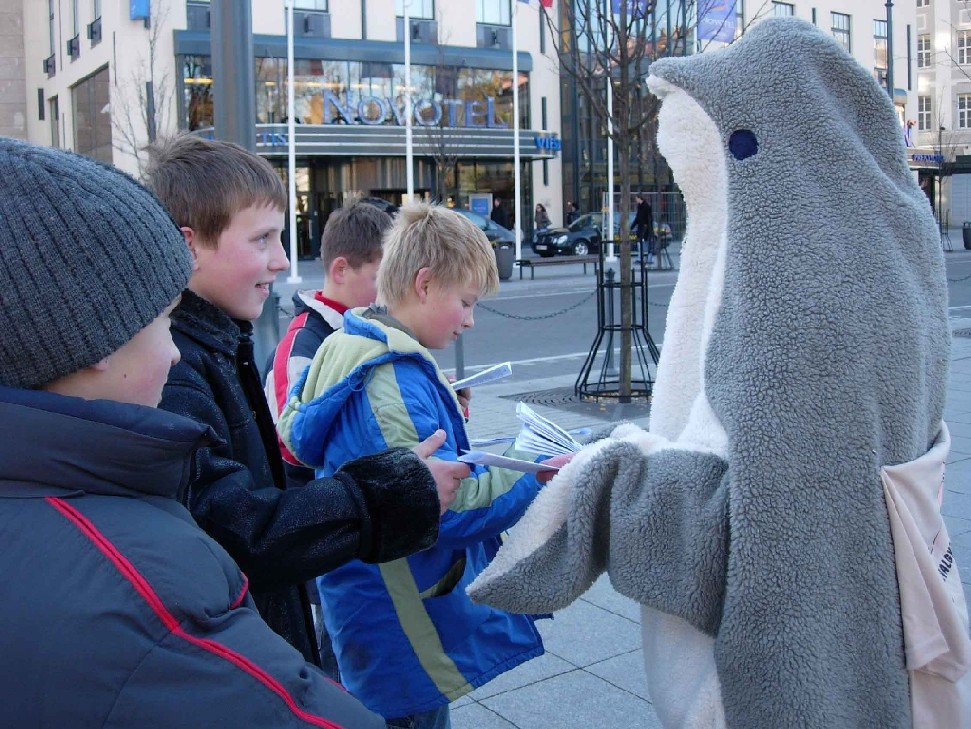
Public attitudes toward dolphin captivity have shifted dramatically in recent years. Documentaries, protests, and viral videos have exposed the harsh realities faced by captive dolphins, sparking outrage and calls for reform. Many people now question the morality of keeping such intelligent creatures in tanks for entertainment. Attendance at some marine parks has dropped, and several high-profile facilities have announced plans to phase out dolphin shows. The tide of public opinion is turning, but change is slow and uneven.
Efforts to Rescue and Rehabilitate Dolphins
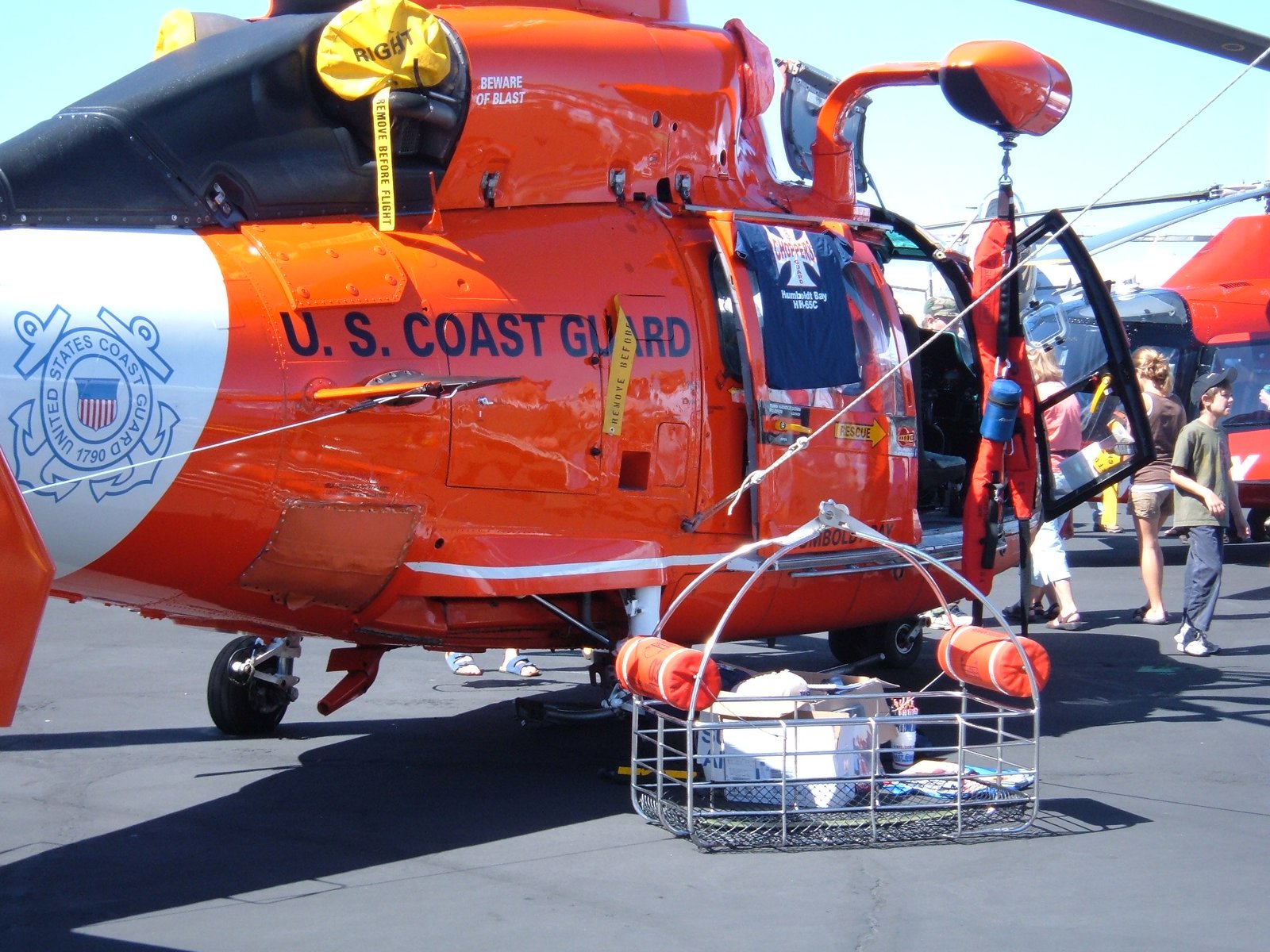
A growing number of organizations are dedicated to rescuing and rehabilitating dolphins that have been captured or stranded. These groups work tirelessly to provide medical care, socialization, and, when possible, release back into the wild. Rehabilitation is a complex process, requiring patience, resources, and expertise. While not all dolphins can be returned to their natural habitat, these efforts offer hope and a second chance for some. Success stories inspire others to fight for a world where dolphins are free.
Sanctuaries: A New Model for Dolphin Care
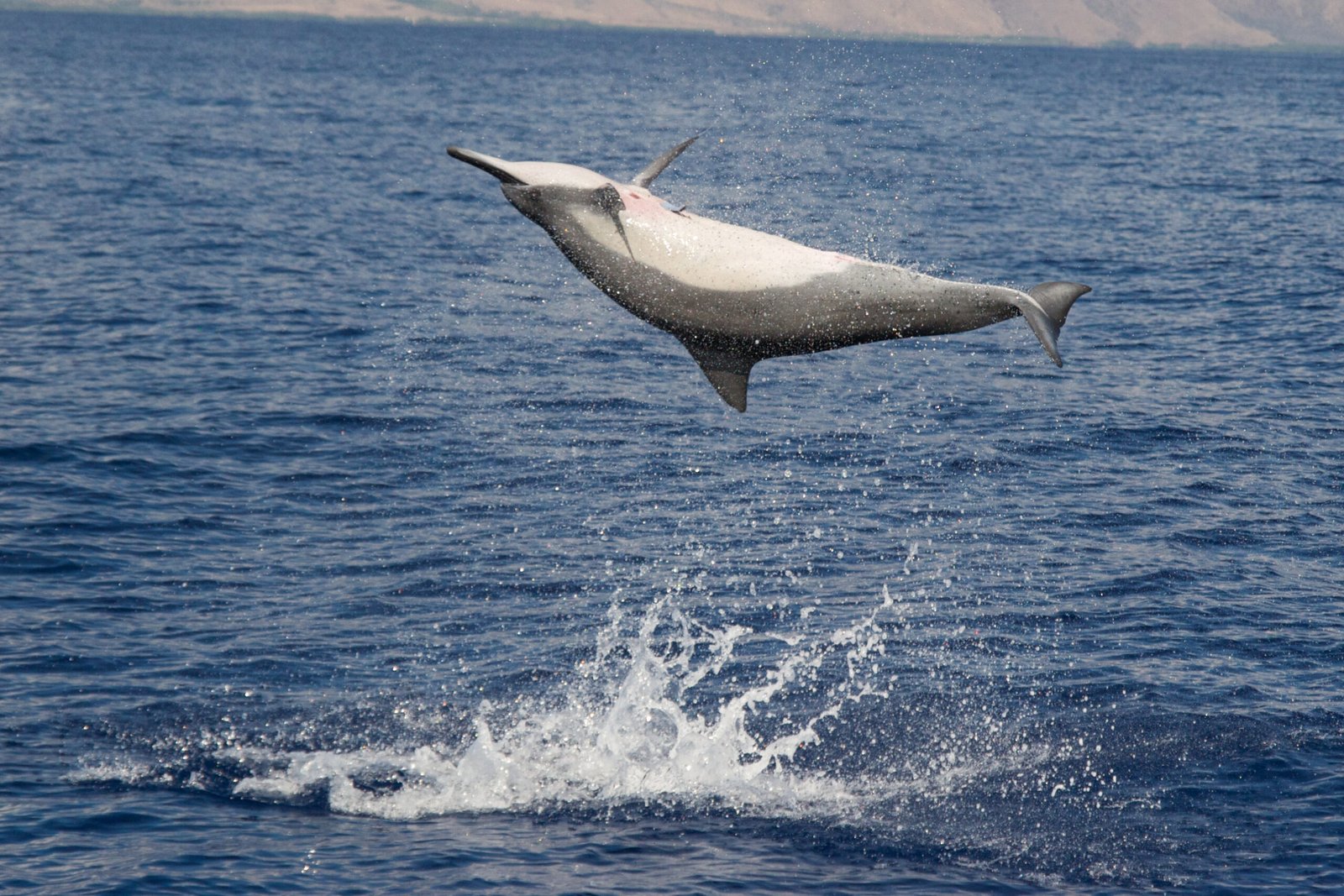
Sanctuaries offer an alternative to traditional marine parks, providing larger, more natural environments for former captive dolphins. These facilities prioritize animal welfare, focusing on enrichment, socialization, and, where possible, rehabilitation. Unlike marine parks, sanctuaries do not require dolphins to perform for audiences. Instead, they offer a peaceful retirement for animals that cannot return to the wild. The sanctuary movement is gaining momentum, challenging the status quo and offering a glimpse of a more compassionate future.
Educational Initiatives and Conservation
Education plays a crucial role in changing hearts and minds about dolphin captivity. Conservation organizations and educators are working to raise awareness about the plight of captured dolphins, advocating for responsible tourism and ethical choices. School programs, public campaigns, and social media initiatives help spread the message that dolphins belong in the wild, not in tanks. By empowering people with knowledge, these efforts seek to create lasting change for dolphins and other marine animals.
Technological Advances in Dolphin Study
New technologies, such as underwater drones and acoustic monitoring devices, allow scientists to study dolphins in their natural habitats without disturbing them. These tools provide valuable insights into dolphin behavior, communication, and social structures. By learning more about how dolphins live in the wild, researchers can better advocate for their protection and welfare. Technology is helping to bridge the gap between science and conservation, offering hope for a future where dolphins are understood and respected.
The Ripple Effect on Ocean Ecosystems
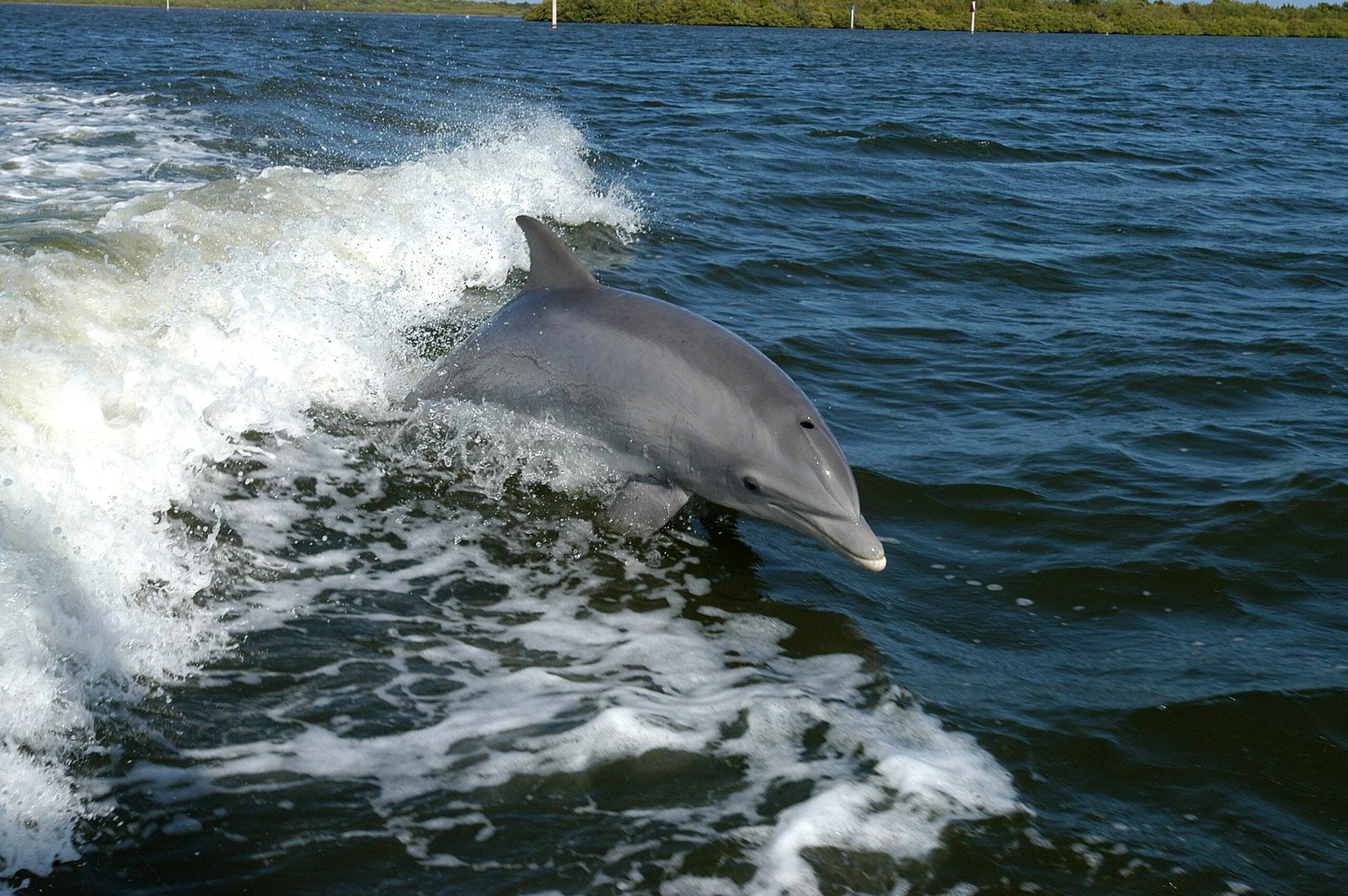
Dolphins play a vital role in maintaining the health of ocean ecosystems. As top predators, they help regulate fish populations and keep marine environments in balance. Removing dolphins from the wild can have far-reaching consequences, disrupting food webs and altering the dynamics of entire ecosystems. The loss of even a few individuals can set off a chain reaction that affects countless other species. Protecting dolphins is not just about animal welfare—it’s about safeguarding the health of our oceans.
Calls for Global Action
The plight of captured dolphins has sparked a global movement for change. Activists, scientists, and everyday people are calling for stronger laws, better enforcement, and a shift away from exploitative practices. Petitions, protests, and international campaigns are raising awareness and putting pressure on governments and businesses to act. While progress is often slow, the collective voice of concerned citizens is making a difference. The hope is that, one day, dolphin hunts and the trade in live animals will be relics of the past.
A Future Without Captivity?
The question remains: can we imagine a world where dolphins are no longer captured, hunted, or put on display? Growing awareness, changing attitudes, and innovative solutions offer reasons for hope. Many countries have already taken steps to ban or restrict dolphin captivity, and the movement continues to gain momentum. The future of dolphins may depend on the choices we make today—choices that honor their intelligence, social bonds, and right to freedom in the wild.




